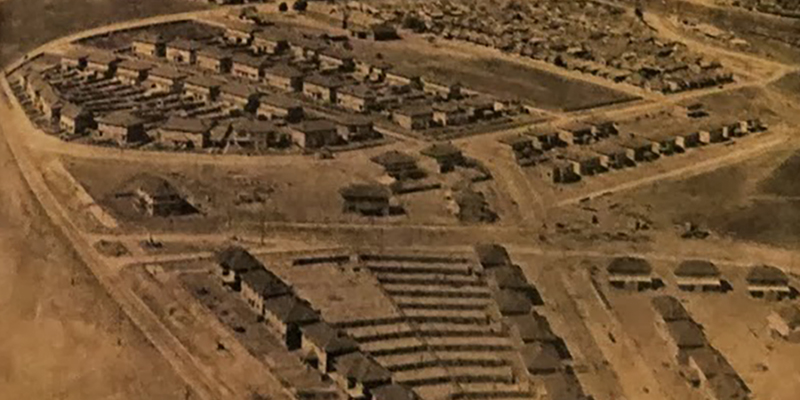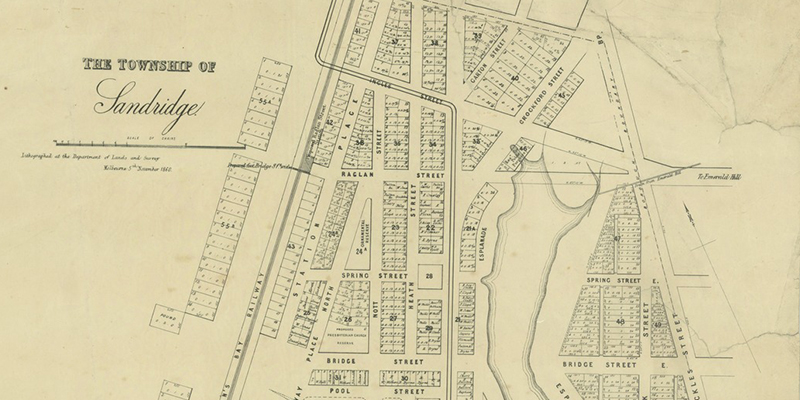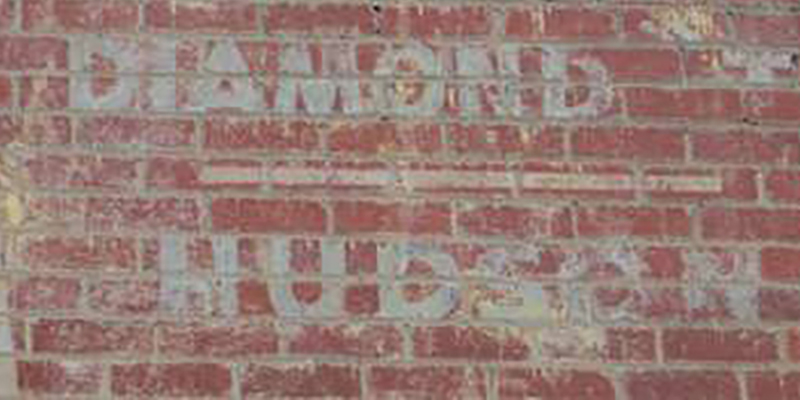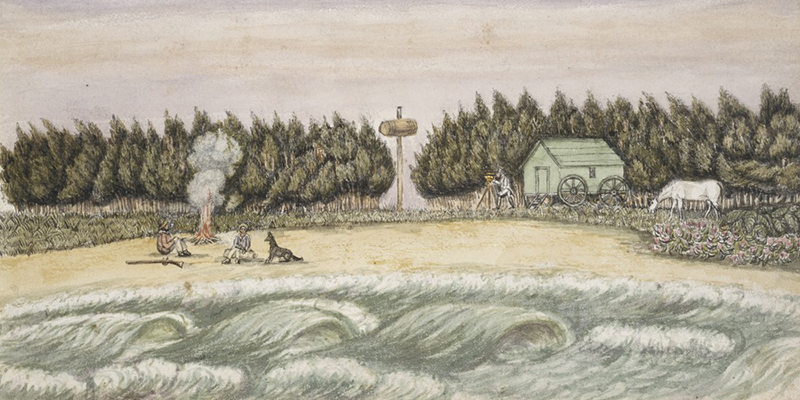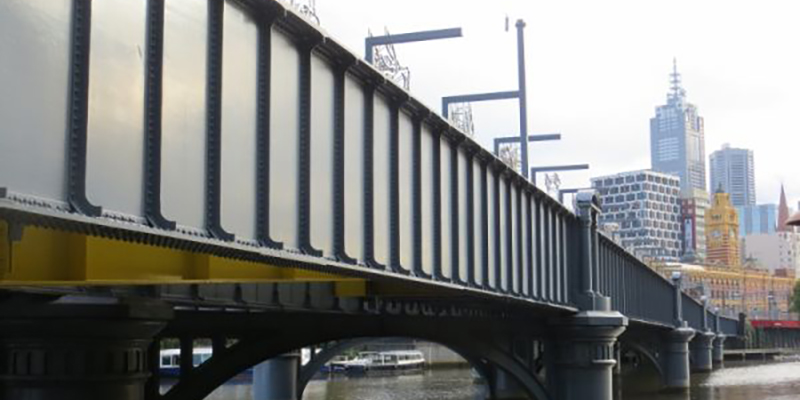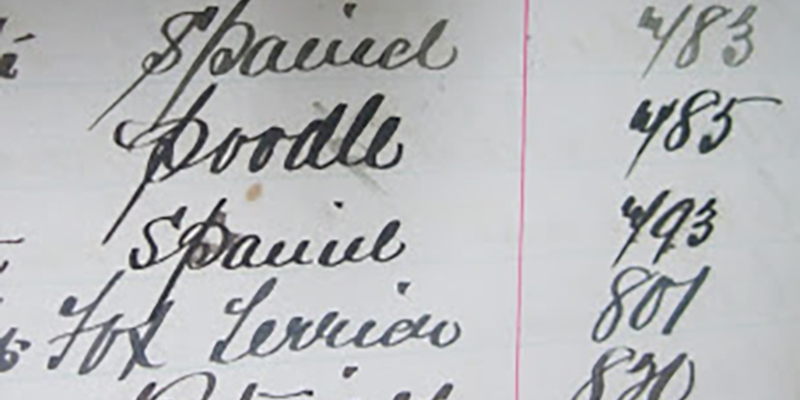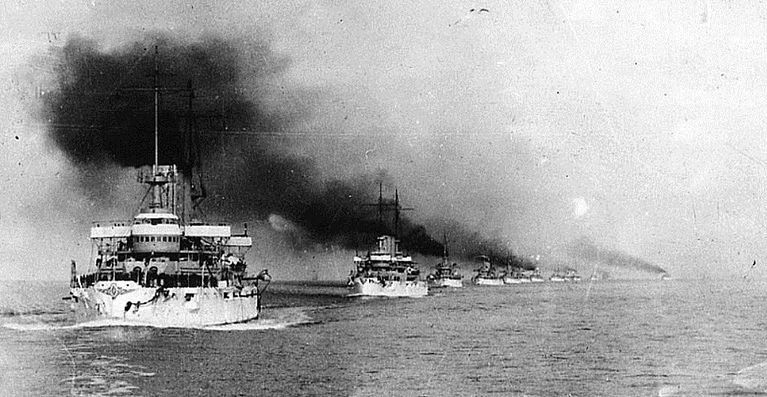Last week, Premier Napthine and Planning Minister Guy released Plan Melbourne which sets out the government's vision for Melbourne to 2050.
In the Society's collection is a copy of the first plan for Melbourne prepared by the newly formed Metropolitan Town Planning Commission in 1929. While the whole report is full of interest, unsurprisingly PMHPS headed straight for the Port Melbourne references.…
